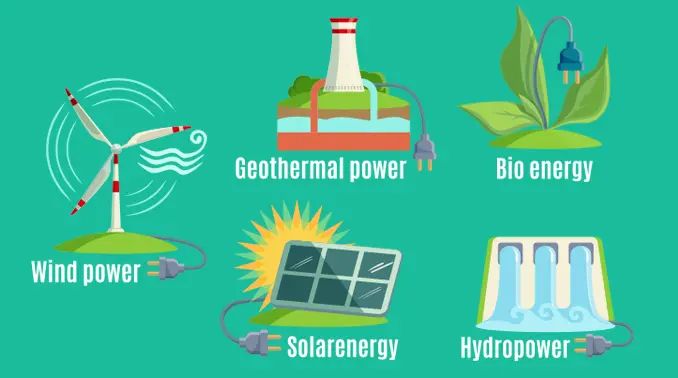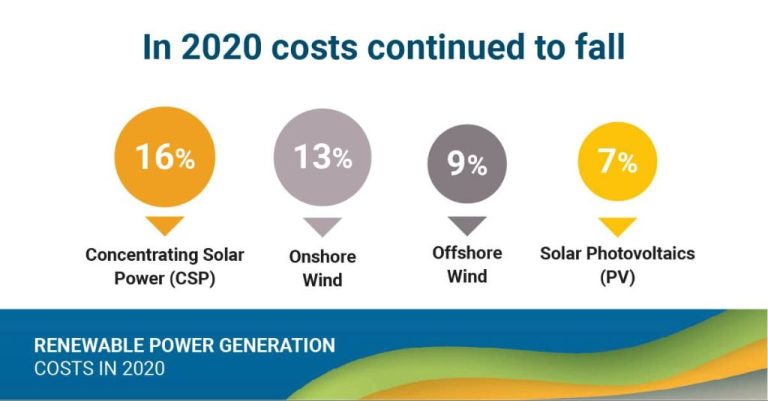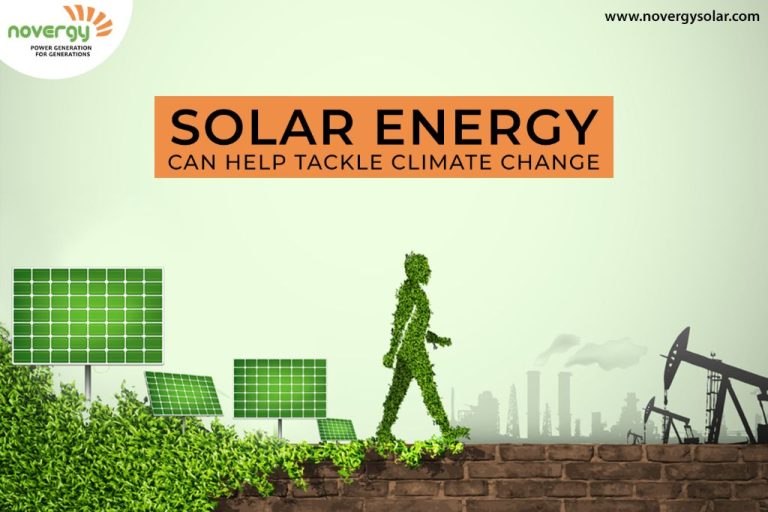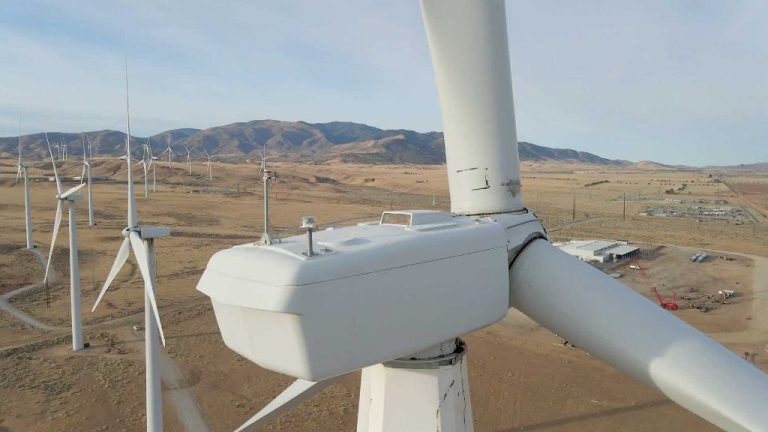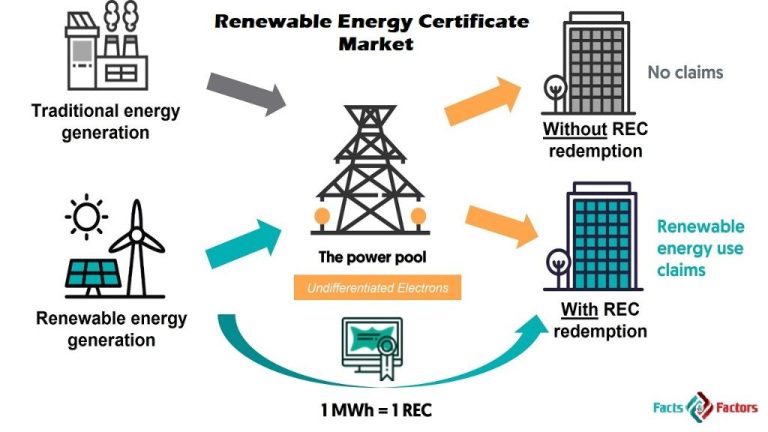Is Green Energy Better Than Fossil Fuels?
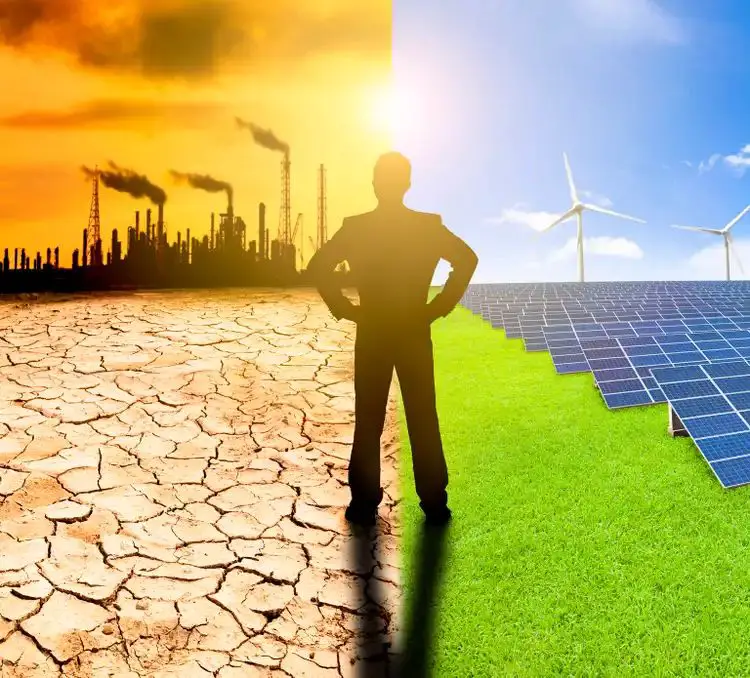
The history of energy production and consumption can be traced back thousands of years. Early humans relied on their own muscle power and burned biomass like wood for energy. As civilization advanced, new energy sources were harnessed including coal, oil, natural gas, nuclear, and renewable sources like wind, solar, geothermal, and hydropower.
In the United States, wood was the primary energy source until the mid-1800s when coal usage surpassed wood. The first commercial power station providing electricity was built by Thomas Edison in New York City in 1882. Over the next few decades, electricity usage expanded rapidly. By the 1920s, hydropower provided one-third of U.S. electricity generation. Following World War II, oil and natural gas usage expanded greatly.
Today, fossil fuels like petroleum, coal, and natural gas account for about 80% of total U.S. energy consumption. However, renewable energy usage has been growing rapidly over the last decade. As technology improves and costs decline, renewable energy is expected to continue displacing fossil fuel generation. Understanding the history provides context on how energy production and usage has evolved over time.
Sources: https://www.nationalgrid.com/stories/energy-explained/history-energy-united-states, https://www.ucsusa.org/resources/short-history-energy
Fossil Fuels
Fossil fuels refer to coal, oil, and natural gas. These energy sources originate from the remains of ancient plants and animals that became fossilized over millions of years under intense heat and pressure (Our World in Data). The three main types of fossil fuels are:
- Coal – Formed from ancient plant matter compressed under the earth’s surface. Coal is a solid fossil fuel and is burned to produce electricity, providing about 27% of the world’s primary energy needs (U.S. Department of Energy).
- Oil – Created from microscopic marine plants and animals that died and were compressed, transforming into crude oil and gas. Oil is a liquid fossil fuel that is refined into fuels like gasoline, diesel, and jet fuel (National Academies).
- Natural Gas – Formed by the decomposition of organic material. Natural gas is found alongside other fossil fuel deposits and is used as a fuel source. When burned, it releases less emissions than coal or oil (EIA).
These fossil fuel deposits are limited resources, taking millions of years to form. Extraction methods like mining and drilling are used to harvest fossil fuels for energy production.
Environmental Impact
Fossil fuels like coal, oil, and natural gas are a significant source of greenhouse gas emissions and pollution that is harming the environment.
Burning fossil fuels releases large amounts of carbon dioxide into the atmosphere. Carbon dioxide and other greenhouse gases trap heat within the atmosphere and lead to climate change. The environmental advocacy group NRDC estimates that “nearly 75 percent of human-caused emissions come from fossil fuels.” These emissions are a major contributor to rising global temperatures and extreme weather events.[1]
Fossil fuel extraction, processing, and use also create pollution in the form of smog, acid rain, and toxic particles. As outlined by the Environmental and Energy Study Institute, “Air pollution from coal and natural gas contributes to respiratory illnesses, heart disease, cancer, and premature death.”[2] This air, water, and land pollution has wide-reaching negative effects on ecosystems and human health.
Renewable Energy Overview
Renewable energy comes from natural sources that are constantly replenished. Some of the main types of renewable energy include:
- Solar energy – This comes directly from the sun’s rays and can be harnessed through solar panels to generate electricity or heat water. According to the National Grid, solar energy holds the most potential of renewable sources. [1]
- Wind energy – Wind turbines capture the wind’s kinetic energy and convert it into electricity. Wind power is one of the fastest growing renewable sources. [2]
- Hydropower – Flowing water from dams, waves, tides or currents can spin turbines to produce electricity. Hydropower provides over 16% of the world’s electricity. [3]
- Geothermal energy – Using the earth’s internal heat from deep underground reservoirs, geothermal power plants can generate sustainable electricity. Enhanced geothermal systems have major potential. [3]
These renewable resources do not deplete with use and are continuously replenished in nature. They provide clean alternatives to fossil fuels that reduce greenhouse gas emissions.
Benefits of Renewables
There are significant benefits to switching to renewable energy sources like wind, solar, and geothermal. Two major benefits are less pollution and increased energy independence.
Renewable energy generates little to no greenhouse gases and air pollutants. According to the EPA, “Generating energy that produces no greenhouse gas emissions from fossil fuels and reduces some types of air pollution” (EPA). This helps mitigate climate change and improves public health. Fossil fuels like coal and natural gas emit pollutants like sulfur dioxide, nitrogen oxides, particulate matter, and heavy metals that are linked to acid rain, smog, respiratory illnesses, and cardiovascular diseases. Renewables avoid these emissions.
Increased use of domestic renewable energy sources also decreases our reliance on imported fossil fuels. The Department of Energy states that renewable energy “Diversifies our energy supply and acts as an alternative to fossil fuels” (DOE). This makes the U.S. less vulnerable to global energy market fluctuations and disruptions in supply chains. Indigenous renewables bolster energy security and independence.
Challenges of Renewables
While renewable energy offers many benefits over fossil fuels, it also comes with some key challenges that need to be addressed for it to reach its full potential. Some of the main challenges with renewable energy sources like solar and wind are intermittency, storage, and transmission (IEA).
Intermittency refers to the fact that renewable energy sources like solar and wind are weather-dependent and only generate power when the sun is shining or the wind is blowing. This can make it difficult to match energy supply with demand at all times. Energy storage solutions like batteries can help address intermittency by storing excess renewable energy when supply exceeds demand (Sustainable Review).
Transmission infrastructure is also a key challenge, as many prime renewable energy sites like solar farms or wind turbines are located far from major population centers that need electricity. Building out transmission lines from remote renewable sites to connect supply to demand is essential but can be costly and face regulatory hurdles (Regen Power).
While intermittent and remote nature of renewables poses challenges, continued technology improvements and smart grid solutions can help overcome these obstacles and allow renewable energy to displace more fossil fuel use.
Cost Comparison
When comparing the costs of energy from different sources, it’s important to look at levelized costs. Levelized cost of energy (LCOE) is a measure used to assess and compare the overall competitiveness of different generating technologies over their lifetime. It represents the per-megawatt hour cost of building and operating a generating plant over an assumed financial life and duty cycle. Key factors influencing LCOE include capital costs, fuel costs, fixed and variable operations and maintenance (O&M) costs, financing costs, and an assumed utilization rate for each plant type.
Based on analysis by Our World in Data, the global levelized cost of energy is lowest for onshore wind and utility-scale solar photovoltaics. In 2020, the LCOE was around $40/MWh for onshore wind and $50/MWh for solar PV. This makes renewable energy competitive or cheaper than new electricity from fossil fuels like coal, gas, or nuclear energy.
According to Energy Innovation, the costs for renewable energy have declined rapidly in the last decade while the cost of fossil fuel electricity has increased. The LCOE for onshore wind fell 69% between 2009 and 2020, and the LCOE for utility-scale solar PV fell 88% in that time. In many regions, building and operating new renewable energy is now cheaper than just continuing to operate existing coal and nuclear plants.
Potential vs Actual Use
The share of renewable energy in the total energy mix varies significantly by country. According to Enerdata, countries with abundant hydropower resources often have a high percentage of renewables. For example, in 2019 renewables accounted for 90% of electricity production in Paraguay, 86% in Norway, and 82% in Brazil. Countries without large hydro resources have lower renewables penetration – the US was at 17%, China 26%, and India 23%.
According to Our World in Data, the global average share of renewables in total final energy consumption was only 11% in 2018. However, some countries like Iceland, Norway, and Sweden have a significantly higher share at around 50-60%. There remains a large gap between most countries’ potential for renewable energy and the actual adoption rates. Closing this gap will require changes in policy, technology, and infrastructure development.
Policy Support
Government policies and incentives play a crucial role in accelerating the adoption of renewable energy. Many governments around the world have implemented supportive policies and regulations to encourage renewable energy development and use. Some key policy mechanisms include:
Financial incentives – These include tax credits, rebates, grants, preferential loans, and feed-in tariffs to support renewable energy projects and make them more affordable. For example, the federal Investment Tax Credit (ITC) in the U.S. provides a 30% tax credit for solar installations. Link
Renewable portfolio standards – These policies mandate electric utilities to supply a certain percentage of their electricity from renewable sources by a target year. As of 2021, 30 states and Washington D.C. had enforceable RPS policies. Link
Net metering – This billing mechanism credits solar customers for the excess electricity their systems send back to the grid. Net metering helps offset costs and makes residential solar more financially viable.
Streamlined permitting – Simplifying the paperwork and approval process for renewable projects reduces soft costs. Some states have implemented online permitting portals, expedited timelines, and standard project requirements.
Government leadership can accelerate the transition to renewable energy through well-designed policies, incentives, and programs tailored to local circumstances. The right policy environment is crucial for unlocking the full potential of renewables.
Conclusion
After reviewing the pros and cons of both fossil fuels and green renewable energy sources, there are valid arguments on both sides. Fossil fuels provide a reliable, affordable energy source that has powered economic growth for over a century. However, they carry significant environmental costs in pollution and carbon emissions contributing to climate change. Renewables offer a clean energy alternative better for the environment and public health. But they currently come at a higher price and struggle to provide consistent baseload power.
Fossil fuel advocates argue traditional energy sources shouldn’t be abandoned when they still meet the majority of our energy needs. They believe renewables need more research and development before they’re ready to fully replace conventional power. Green energy proponents counter that the environmental impacts of fossil fuels are too high, and transitioning now, even at a higher initial cost, will pay off long-term. They also note renewables are quickly getting cheaper and more efficient.
There are good-faith arguments on both sides. An “all of the above” approach using both traditional and renewable energy sources may offer the best path forward. But ultimately, fully transitioning to green energy appears necessary to significantly reduce carbon emissions and mitigate climate change risks. How quickly that transition can feasibly occur remains hotly debated.

